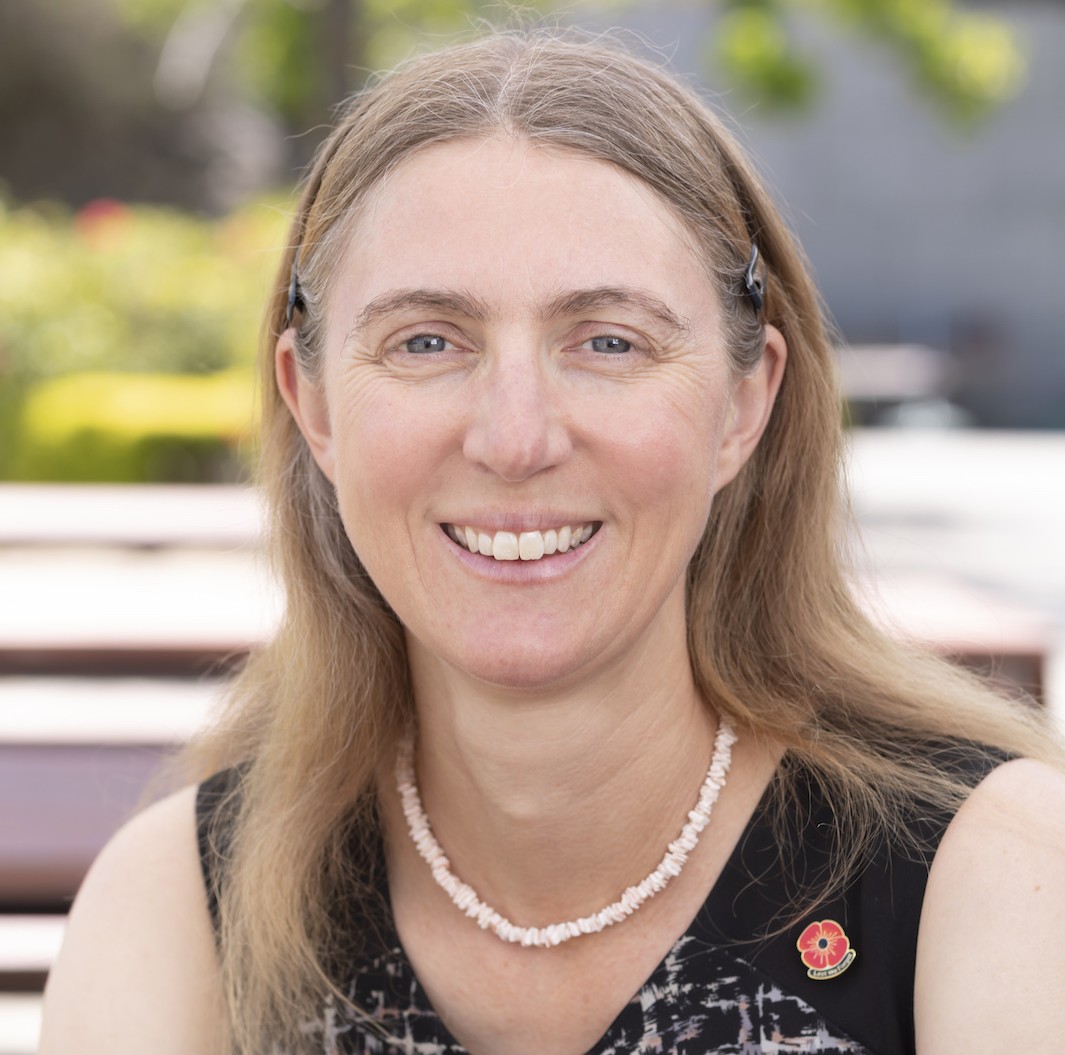
Astronomy Australia Ltd is delighted to announce that Professor Cathryn Trott has been elected to the position of Board Chair for AAL. Professor Trott is based at Curtin University in Perth and has recently become the Chief Scientist of CSIRO’s Australia Telescope National Facility.
As someone whose career has been shaped by access to world-class research infrastructure, Professor Trott knows the importance of astronomers having the right tools at the right time to make world-leading discoveries. Having been on the AAL Board for the last four years, she also knows that it is a pivotal time for Australian astronomy. The new Decadal Plan for Australian Astronomy 2026–2035 is set to be released in the coming months, which will present a clear roadmap for Australian astronomers and include an outline of priorities for investments in research infrastructure. At the same time, the government’s Strategic Examination of R&D and preparations for the next National Research Infrastructure Roadmap 2026 look set to influence how major research infrastructure is funded across the country.
As the new Chair of the AAL Board, Professor Trott is committed to ensuring that astronomy remains a national priority to assist in the implementation of the Decadal Plan.
As AAL’s mission is to facilitate access to the world’s best research infrastructure, I am determined that Australian astronomers have the opportunity to utilise a suite of facilities across multiple wavelengths and messengers to complement and enhance the impact of existing investments in world-leading facilities, such as the Square Kilometre Array Observatory and the European Southern Observatory.
In this sense, the next decade will present extraordinary opportunities for Australian astronomy, but also some clear challenges. As Professor Trott knows, astronomers already have the training and tools to meet these challenges, especially as they use their diverse skill-sets to solve problems outside their own field. Techniques developed to process and visualise large datasets can be translated to other areas such as medical imaging. Astronomy data techniques have already been used to understand and characterise biodiverse honey and predict ocean weather with greater accuracy. As it becomes clearer that astronomers can help solve some of Australia’s key challenges at a national level, AAL will continue to find new pathways for their techniques to be refashioned for use in industry and other disciplines.
Professor Trott believes that astronomy’s investment across a range of domains has put Australia in a unique position.
Astronomers are power users of big data and pioneers of new approaches to deriving meaning from these data, whether through machine learning, new applications of AI, and other forms of data processing. The impressive Astronomy Data and Computing Services (ADACS) collaboration supported by AAL has shown excellent use cases of this across its multiple nodes, and they are now expanding these approaches to assist in other disciplines.
AAL has also been pivotal in establishing Astralis – the national optical instrumentation capability. The exacting requirements of cutting-edge astronomy instrumentation builders have already supported new approaches to manufacturing and have fostering the creation of new startups, in some cases assisting existing SMEs to pursue innovative lines of business.
While there are a number of exciting challenges on the horizon for Australian astronomy, Professor Trott feels confident that AAL can help the community build on these successes and ultimately deliver on its vision – that Australian astronomy be seen as world leading and publicly valued.
The whole of AAL wish to acknowledge and thank outgoing Board Chair, Professor Orsola De Marco, for her tireless leadership and years of service. Professor De Marco will remain on the Board as a Director until her term expires at the end of December 2025.